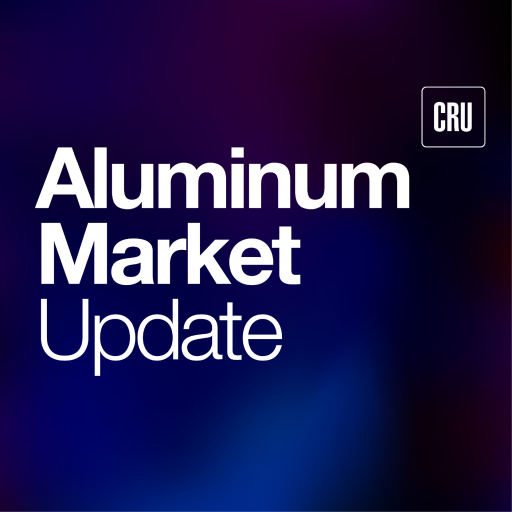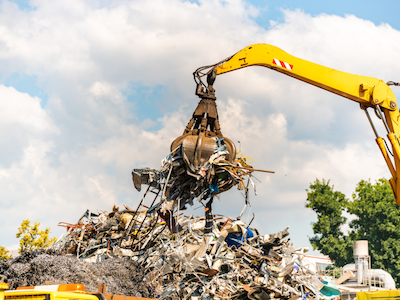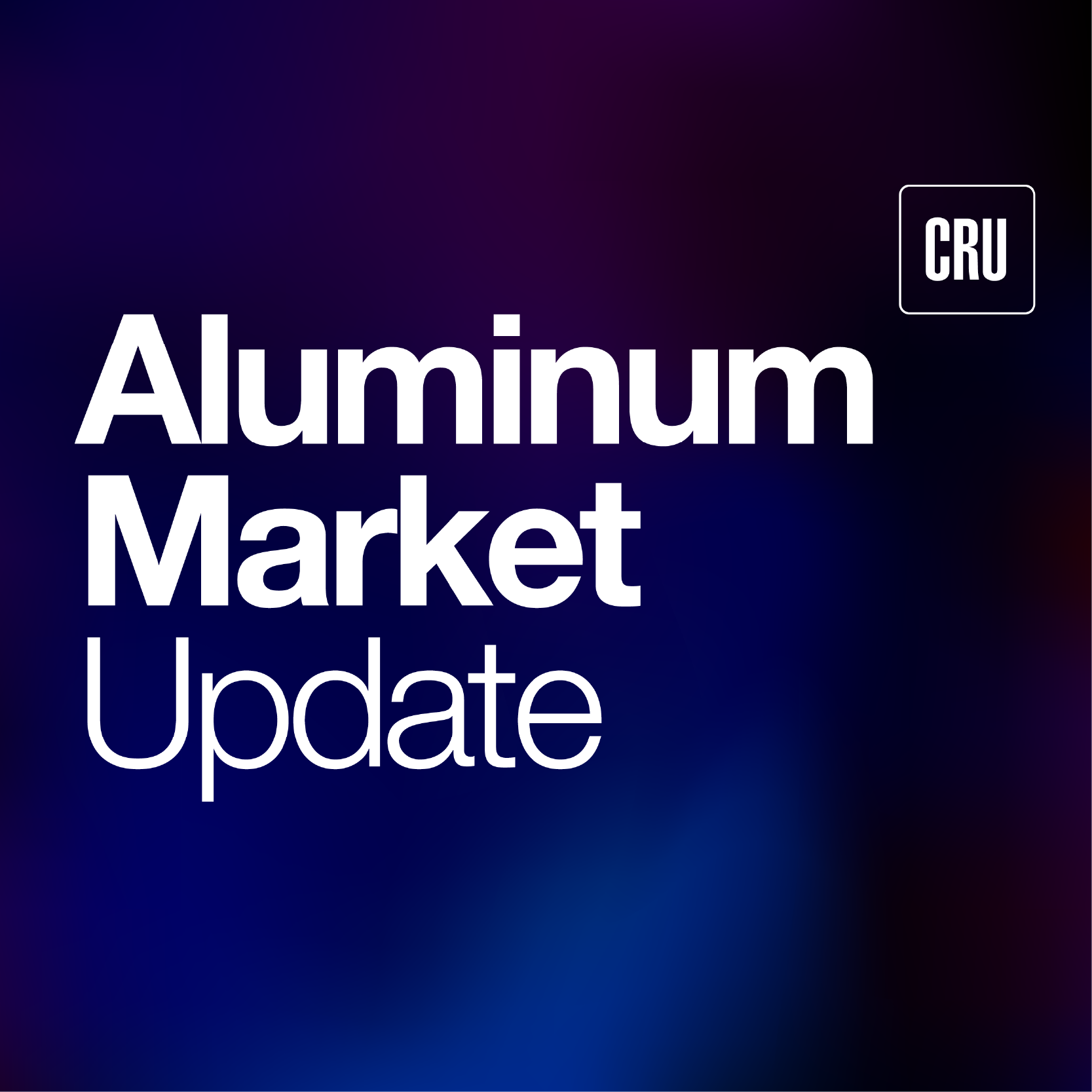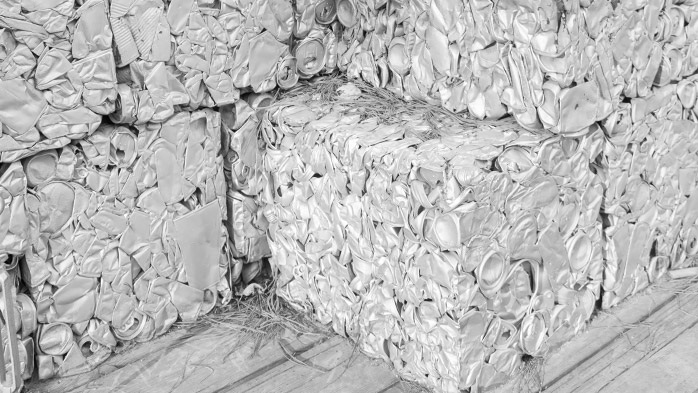Aluminum Scrap Markets

August 29, 2025
Mating season is upon U.S. and negotiations could be difficult
Written by Greg Wittbecker
Sellers don’t like the current risk environment
Earlier this week, we commented on the shrinking inventory levels in the U.S. primary market. We continue to see a Midwest premium market that does not fully reflect the replacement cost of either Canadian or seaborne P1020 imports.
Value-added products such as billet, foundry, rod, and slab are eating the 50% tariff on their incremental upcharges expressed over Midwest. Efforts to impose surcharges on value added product sales for this year have met with strong resistance from buyers who have had fixed upcharge contracts for 2025.
Compounding the situation, there are rising concerns amongst importers about the premium risks inherent to a supply chain that has to cope with a 50% tariff. One savvy importer said to me, “Look, with a 50% duty, a $100-per-ton drop in the LME is going to cost me potentially $50 per ton or $.0226 cents per pound, that’s an exposure that I have to bake into my margin assumptions”.
All these elements combine to make sellers increasingly likely to push premiums higher for 2026.
Buyers’ pushback
U.S. buyers are quick to point out that demand is not great. Both sheet/plate and extrusion shipments are down year on year. There is still trepidation about direct demand destruction for the balance of 2025 and into 2026 because of:
- The effects of the tariffs start to reach the consumer and sap into their disposal incomes for discretional goods
- Interest rates remain high, discouraging both first time buyers and buyers looking to move up market; high rates also discourage purchases of autos and other durable goods
- Fear of substitution by plastics, vinyl, or wood
Indirect demand destruction is cited in the form of scrap substitution for primary metals. Scrap values have fallen relative to primary metal.
While short-term apparent demand appears soft (actually contributing to those weaker scrap values), the old adage applies….” the cure for low prices is low prices”.
Cheap scrap will encourage metal consumers to create more processing capacity to be able to take advantage of these lower prices for scrap. That will take some time, but certainly we should expect some higher scrap usage in 2026, and mills create more capacity.
How do things set up now for 2026 pricing?
Discussions for 2026 contracts will kick off in September, coinciding with traditional industry events such as the Aluminum Extruders Council Fall Management Conference, REMA’s Aluminum Roundtables and Fastmarkets’ Annual Aluminum Conference.
We expect sellers to push for substantially higher upcharges on both P1020 and value-added products. Discounts on P1020 vs. published prices are out the window. No one will be offering such discounts as long as Midwest lags full import replacement.
On value-added products, we expect to see billet offers open at $0.20 per pound upcharge to Midwest, up $0.10-0.12 from 2025 contracted levels. Foundry upcharges will also be quoted higher on the order of $0.05-0.07 per pound. Rod premiums may be poised for some very stiff increases, since their current upcharge ($0.25-$0.30 over Midwest) must already absorb a $0.125-$0.15 effect of the 50% tariff. This could propel rod premiums into the low to mid-$0.40s.
Buyers will naturally be stunned by these numbers, but the tariff structure really necessitates increases of this magnitude.
How do buyers react?
Beyond initial shock, buyers will prolong negotiations to the bitter end, looking for negotiating leverage. This means final contracts may not be settled until late November, allowing pricing for January deliveries to commence on Dec. 1.
In the case of billet buyers, non-casting extruders will try to lock down toll conversion pricing for 2026 that allows them to monetize their scrap at something less than primary replacement. This may be a challenge. We discussed this in earlier articles, suggesting that toll conversions were poised for some very big increases due to the wide discounts for scrap vs. primary metal. Unless buyers move quickly, they may find that tolling fees will have appreciated to a point where their scrap conversions will yield secondary billet at no better than the new, higher 2026 quotes for primary billet.
Foundry buyers will try to double down on the use of high grade 356 scrap wheels; their processing capacity may be the constraint. Alternatively, those buyers in Mexico may tempt fate by buying duty unpaid from seaborne primary suppliers and accept the risks of getting the finished goods into the U.S.
Slab buyers will do what they always do, and that’s try to self-cast as much slab as they can. This again becomes a function of adding scrap capacity and I’d suspect this is where you may see the biggest short-term switch from primary to scrap supply.







